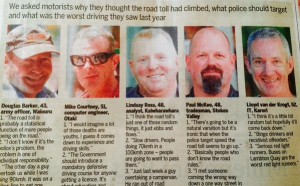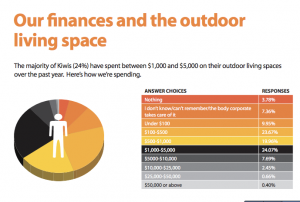Big buts for factoid about lying
At StatsChat, we like big buts, and an easy way to find them is unsourced round numbers in news stories. From the Herald (reprinted from the Telegraph, last November)
But it’s surprising to see the stark figure that we lie, on average, 10 times a week.
It seems that this number comes from an online panel survey in the UK last year (Telegraph, Mail) — it wasn’t based on any sort of diary or other record-keeping, people were just asked to come up with a number. Nearly 10% of them said they had never lied in their entire lives; this wasn’t checked with their mothers. A similar poll in 2009 came up with much higher numbers: 6/day for men, 3/day for women.
Another study, in the US, came up with an estimate of 11 lies per week: people were randomised to trying not to lie for ten weeks, and the 11/week figure was from the control group. In this case people really were trying to keep track of how often they lied, but they were a quite non-representative group. The randomised comparison will be fair, but the actual frequency of lying won’t be generalisable.
The averages are almost certainly misleading, because there’s a lot of variation between people. So when the Telegraph says
The average Briton tells more than 10 lies a week,
or the Mail says
the average Briton tells more than ten lies every week,
they probably mean the average number of self-reported lies was more than 10/week, with the median being much lower. The typical person lies much less often than the average.
These figures are all based on self-reported remembered lies, and all broadly agree, but another study, also from the US, shows that things are more complicated
Participants were unaware that the session was being videotaped through a hidden camera. At the end of the session, participants were told they had been videotaped and consent was obtained to use the video-recordings for research.
The students were then asked to watch the video of themselves and identify any inaccuracies in what they had said during the conversation. They were encouraged to identify all lies, no matter how big or small.
The study… found that 60 percent of people lied at least once during a 10-minute conversation and told an average of two to three lies.





